Predictive Analytics
Predict Behavior. Understand Sentiment
FoodCus AI uses predictive analytics, behavioral segmentation, and omnichannel engagement to help restaurants boost loyalty, increase sales, and deliver unforgettable experiences.
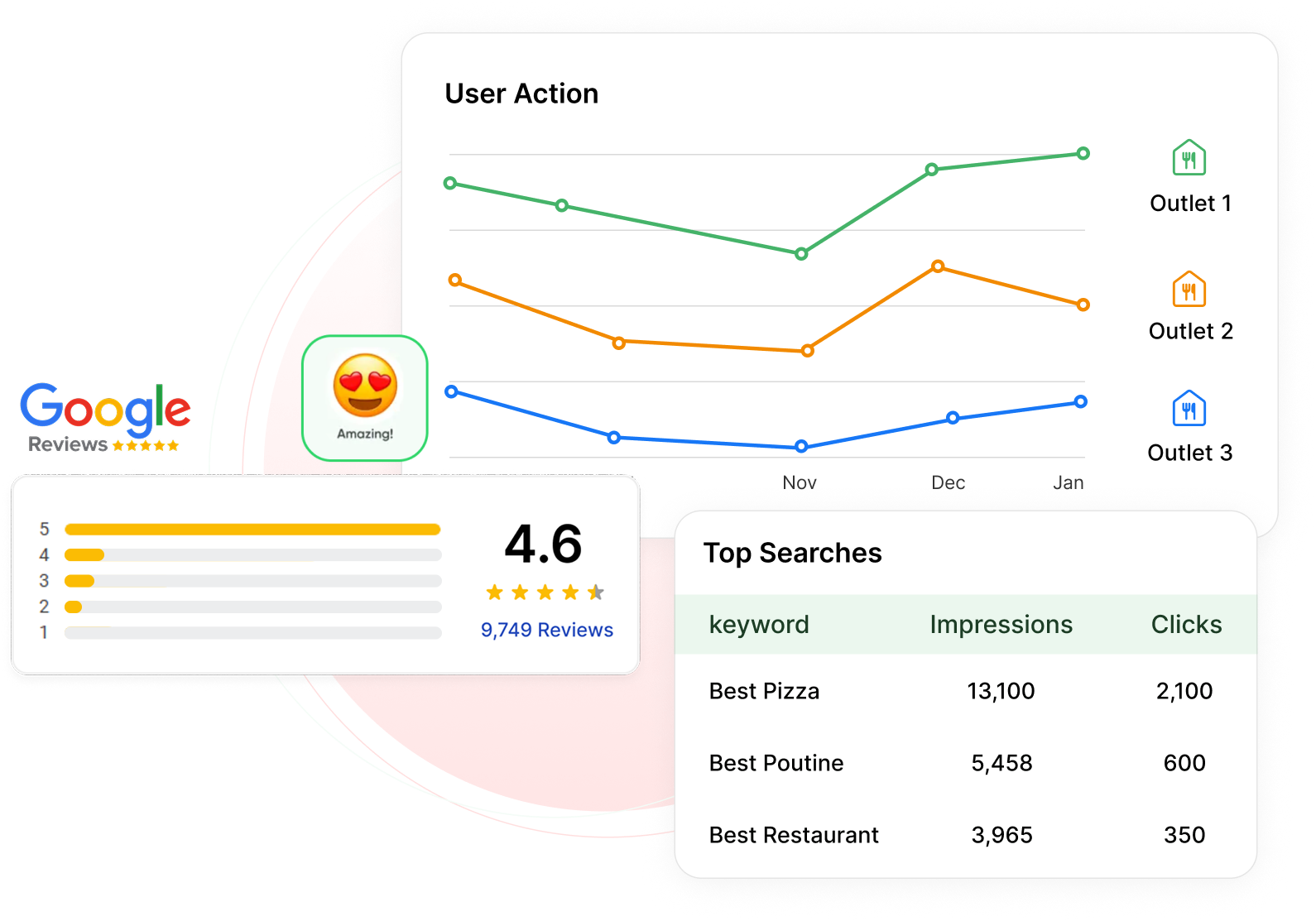
Behavioral Segmentation
The AI goes beyond simple demographics, automatically segmenting customers based on their behavior, such as:
High-Spenders
Top customers who spend the most.
Lapsed Customers
Those who haven't visited in a while.
Catering/Group Orders
Customers who frequently place large orders.
Time-of-Day Eaters
Those who visit primarily for lunch, dinner, or coffee.
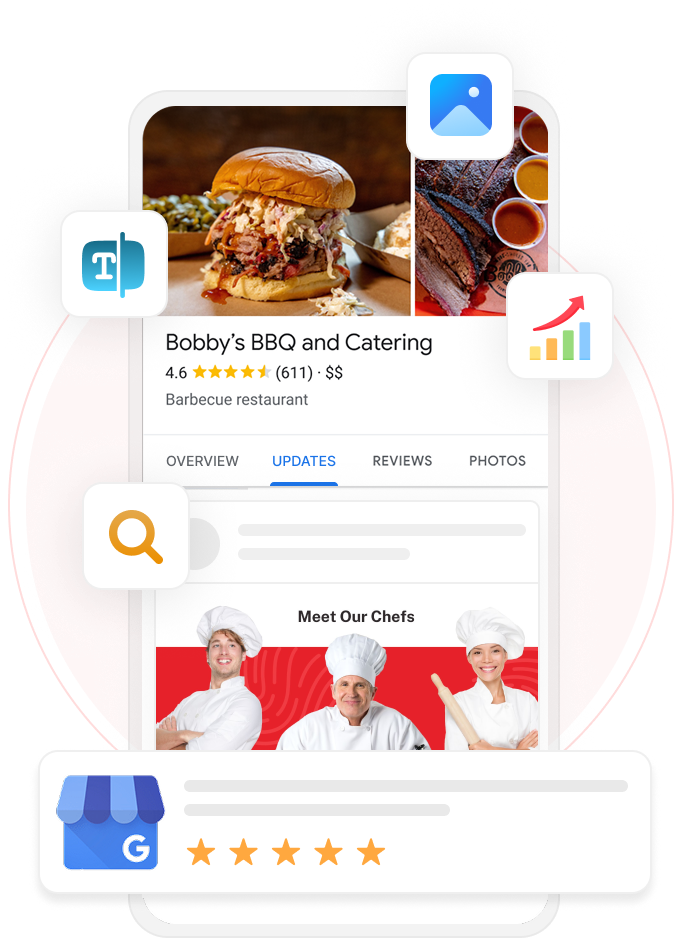
Predictive Analytics
Our AI analyzes historical data to predict future customer behavior. This allows you to:
Forecast Churn
Identify customers at risk of leaving and proactively send them a "we miss you" offer.
Predict Order Volume
Anticipate busy periods to optimize staffing and inventory.
Suggest Upsells
Recommend products that are likely to be purchased together, increasing average ticket size.
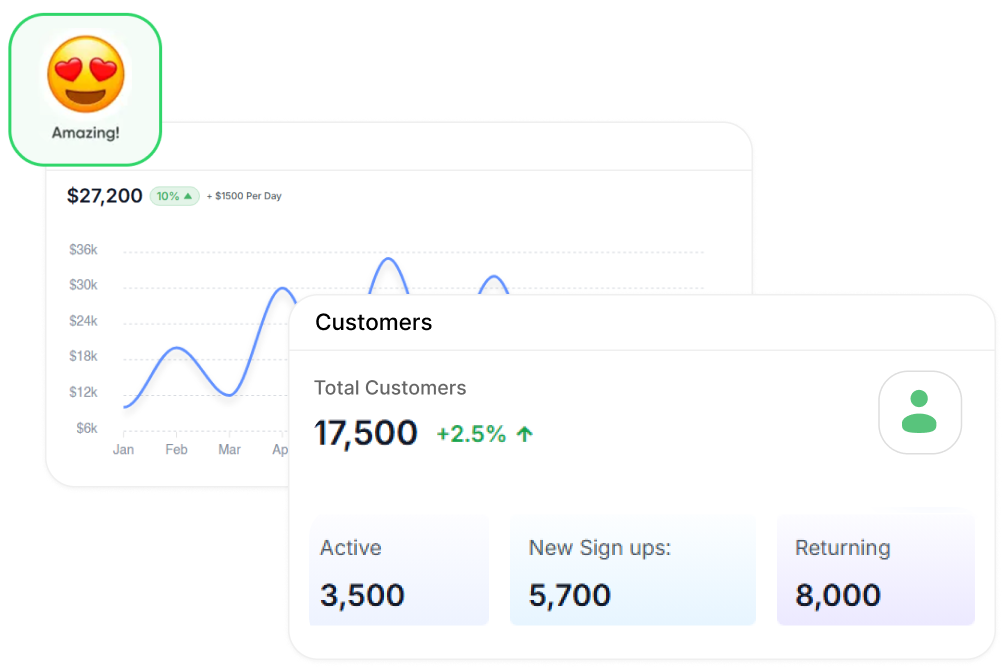
Omnichannel Communication
Engage with customers across multiple channels, all managed from a single dashboard. This includes:
SMS Marketing
Personalized text message offers and updates.
Website Campaigns
Beautifully designed banners and promotions.
Customer Communications
Real-time alerts for personalized offers and order status updates.

Automated Feedback & Reviews
The system automatically prompts customers for feedback after a visit and can be configured to send a pre-written, AI-generated response to positive reviews on Google and other platforms.

Loyalty & Gift Card Management
A comprehensive system to manage both loyalty points and digital or physical gift card balances, with real-time tracking and reporting.

Sentiment Analysis & Review Management
Our AI analyzes customer reviews from Google, Yelp, and other platforms to gauge overall sentiment and identify key trends. The platform automatically flags and summarizes common themes from reviews, allowing you to quickly understand what customers love and where you can improve. This insight is broken down into specific areas, such as food quality, service speed, or cleanliness, giving you actionable data to enhance the customer experience.

Google My Business & AI Offer Creation
The FoodCus AI platform syncs with your Google My Business profile, automatically updating your menu, hours, and specials directly from your
Power Up Your Restaurant Operations with Foodcus
Seamless Integrations
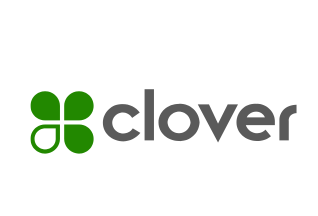

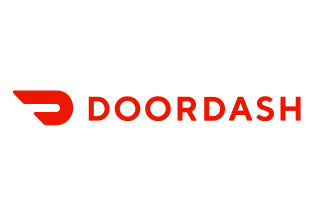
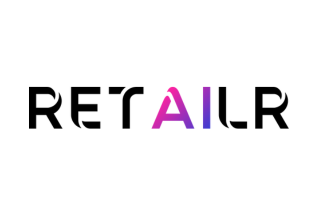
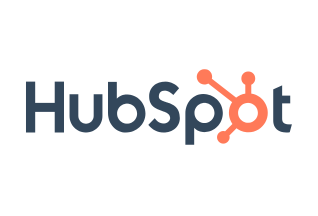



Preferred by Restaurants Like Yours
Join a community of successful restaurants that trust Foodcus to enhance their operations and drive profits.
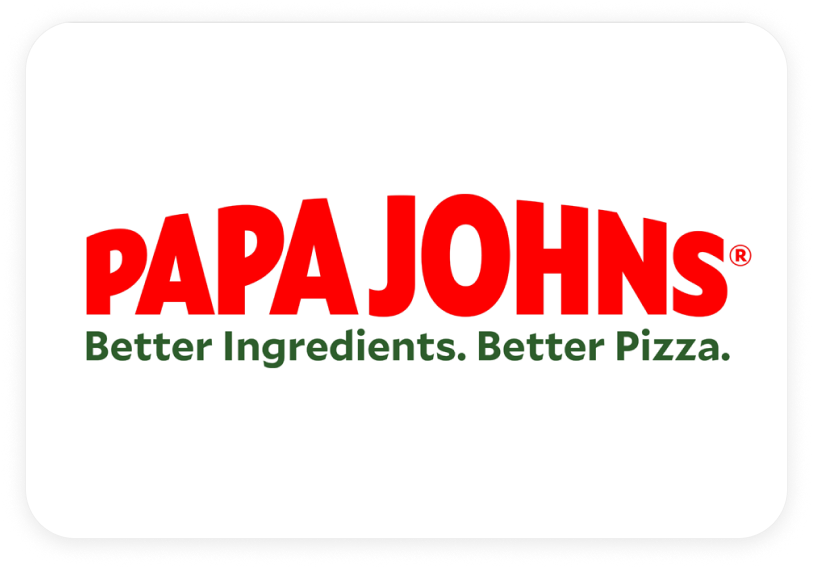

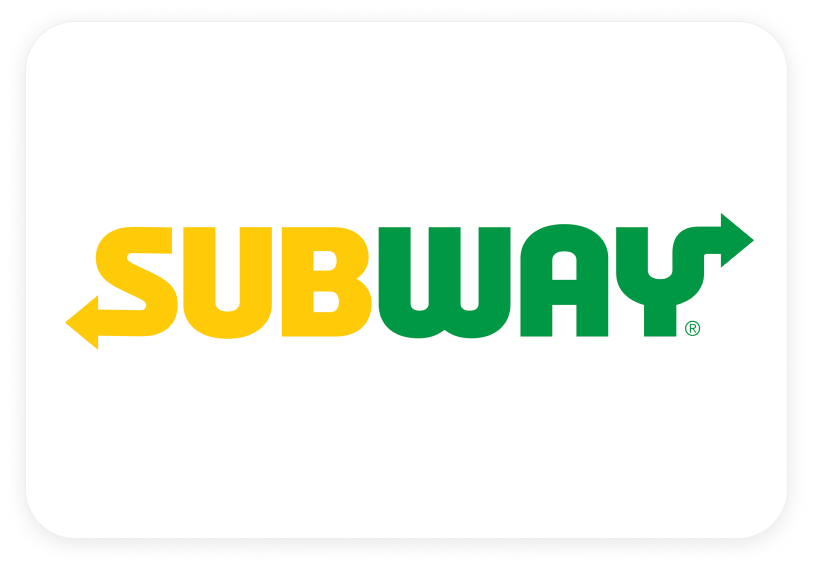

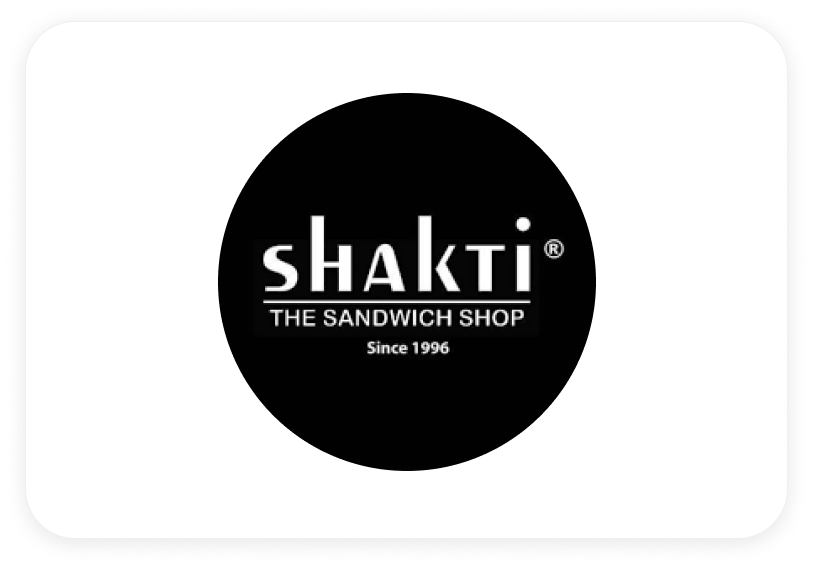

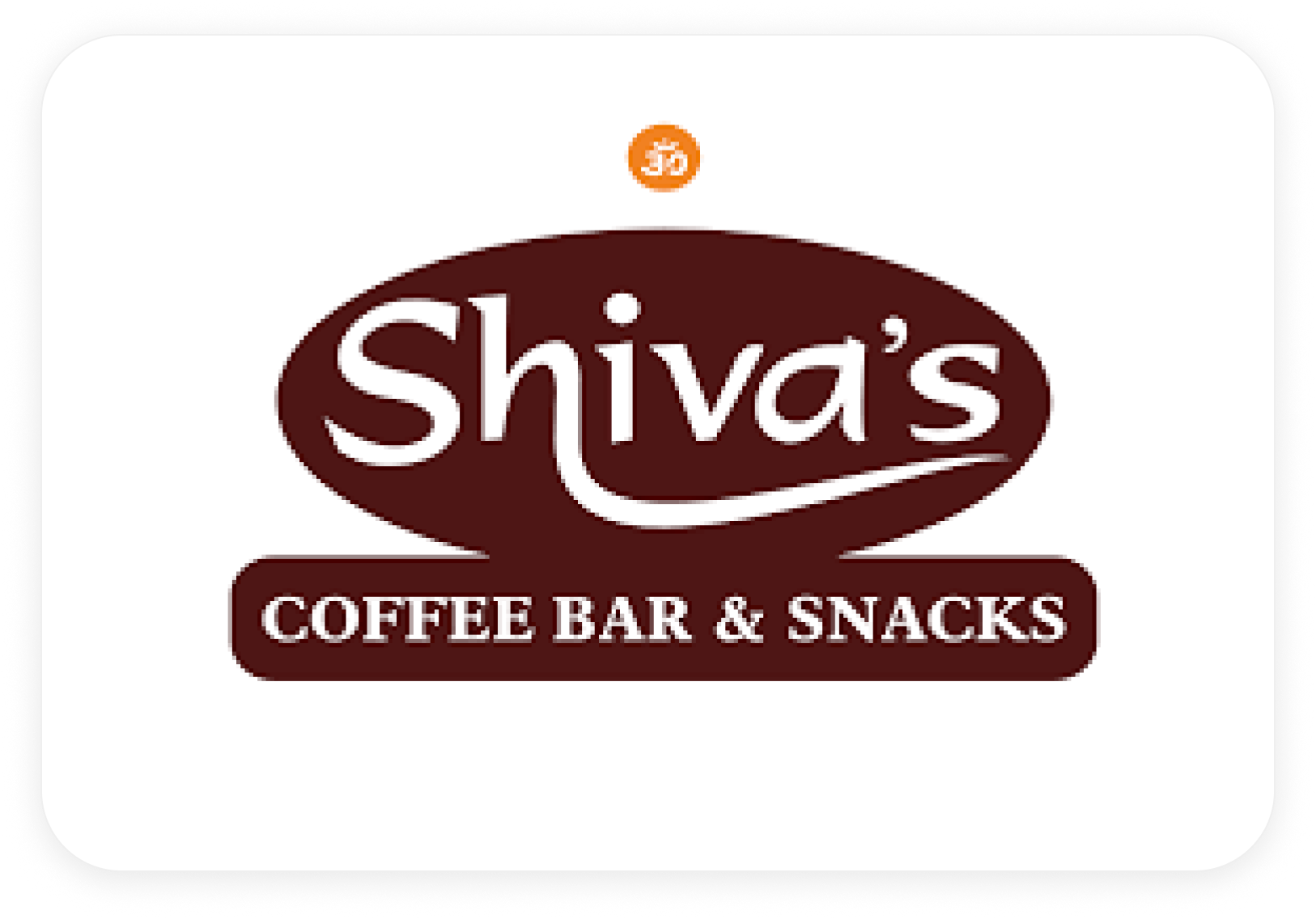

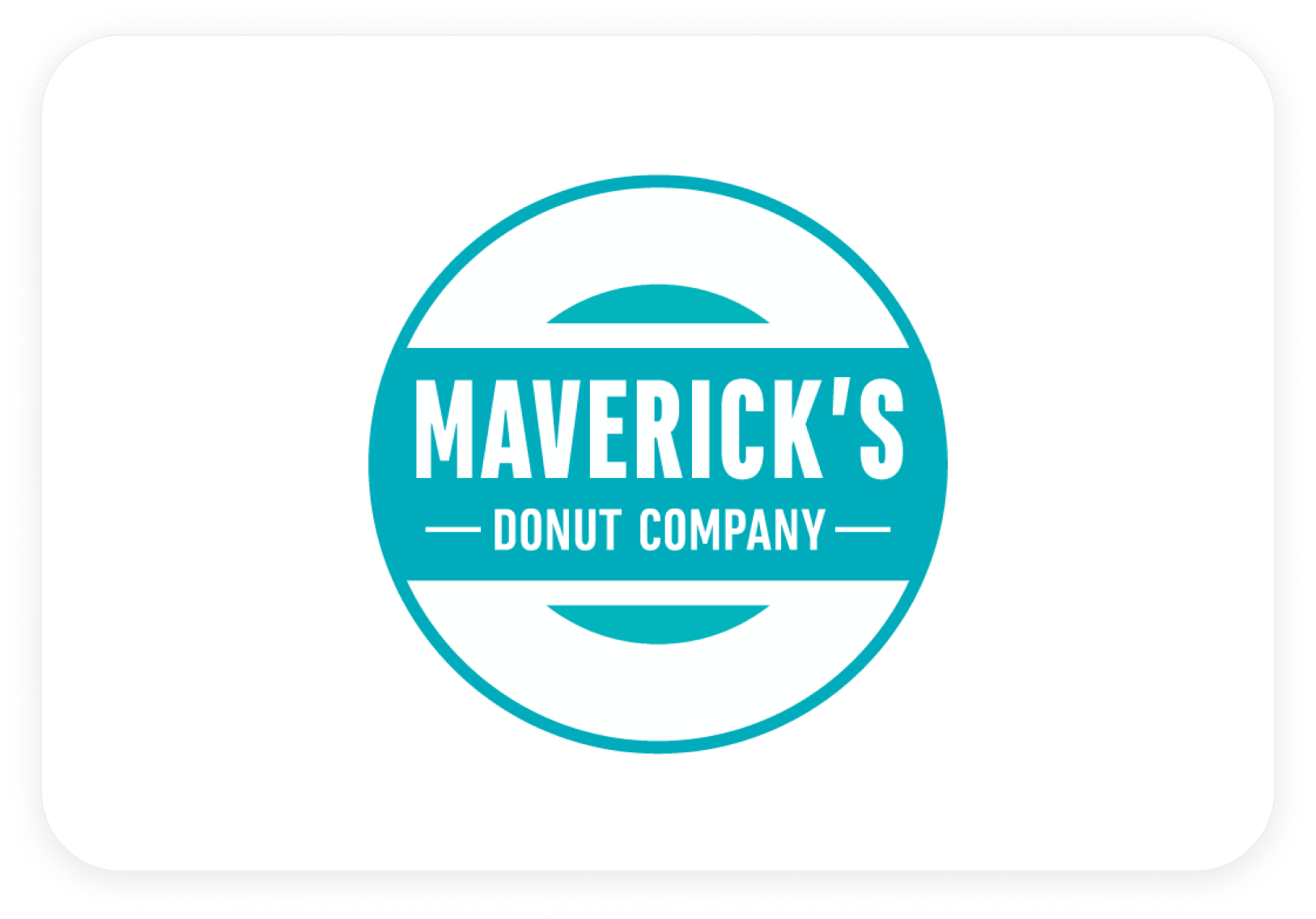



Help and FAQ's
Our success in creating business solutions is due in large part spacially
to talented and highly committed team.
It’s a combination of tools that analyze past customer feedback, reviews, and behavior to forecast trends (predictive) and understand how customers feel about your service, food, or ambiance (sentiment). This helps you plan smarter — e.g., anticipate demand, tweak menus, or fix recurring issues before they escalate.
Sentiment analytics uses natural language processing (NLP) and machine learning to categorize opinions in reviews as positive, neutral, or negative. It also identifies keywords and topics (e.g. food quality, service speed), highlighting what customers love and what needs improvement.
You’ll gain insights such as:
- Which menu items are likely to become popular next
- When customer sentiment drops (e.g. around specific times, dishes, or shifts)
- Forecasts for busy/high traffic periods to help with staffing and inventory
- Anticipation of complaints or issues (e.g. delivery delays, food quality)
The more data, the better — but you can still get useful feedback even with moderate amounts of reviews. Early data helps build the foundational sentiment patterns, and predictive accuracy improves as more feedback flows in over time.
Analytics are typically updated continuously (or in near real‑time) depending on how many reviews or feedback inputs you get. Trends are recalculated regularly to reflect recent customer sentiment so you’re acting on the latest feedback.
Yes. By spotting negative sentiment or recurring complaints early, you can take corrective actions (like modifying a dish, retraining staff, or improving operations). Over time, this leads to higher ratings, more positive reviews, and better customer trust.
Absolutely. You can often filter sentiment analytics by menu items, time of day, branch/location (if you have multiple), and source (Google reviews, social media, feedback forms). This helps you find precise insights relevant to your operations.
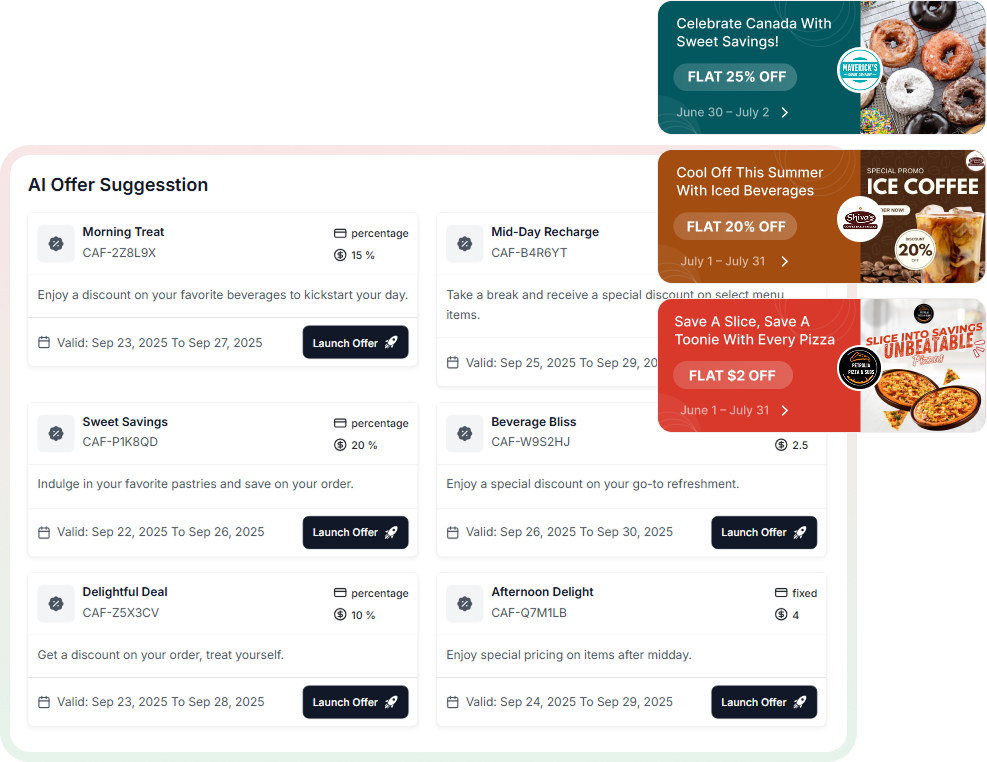
Personalized Offers That Drive Sales
POS. By analyzing transaction data and customer history, the AI intelligently creates and suggests personalized offers to drive foot traffic and increase sales. It can recommend promotions for slow periods, target specific customer segments, and even create dynamic offers based on real-time inventory.

